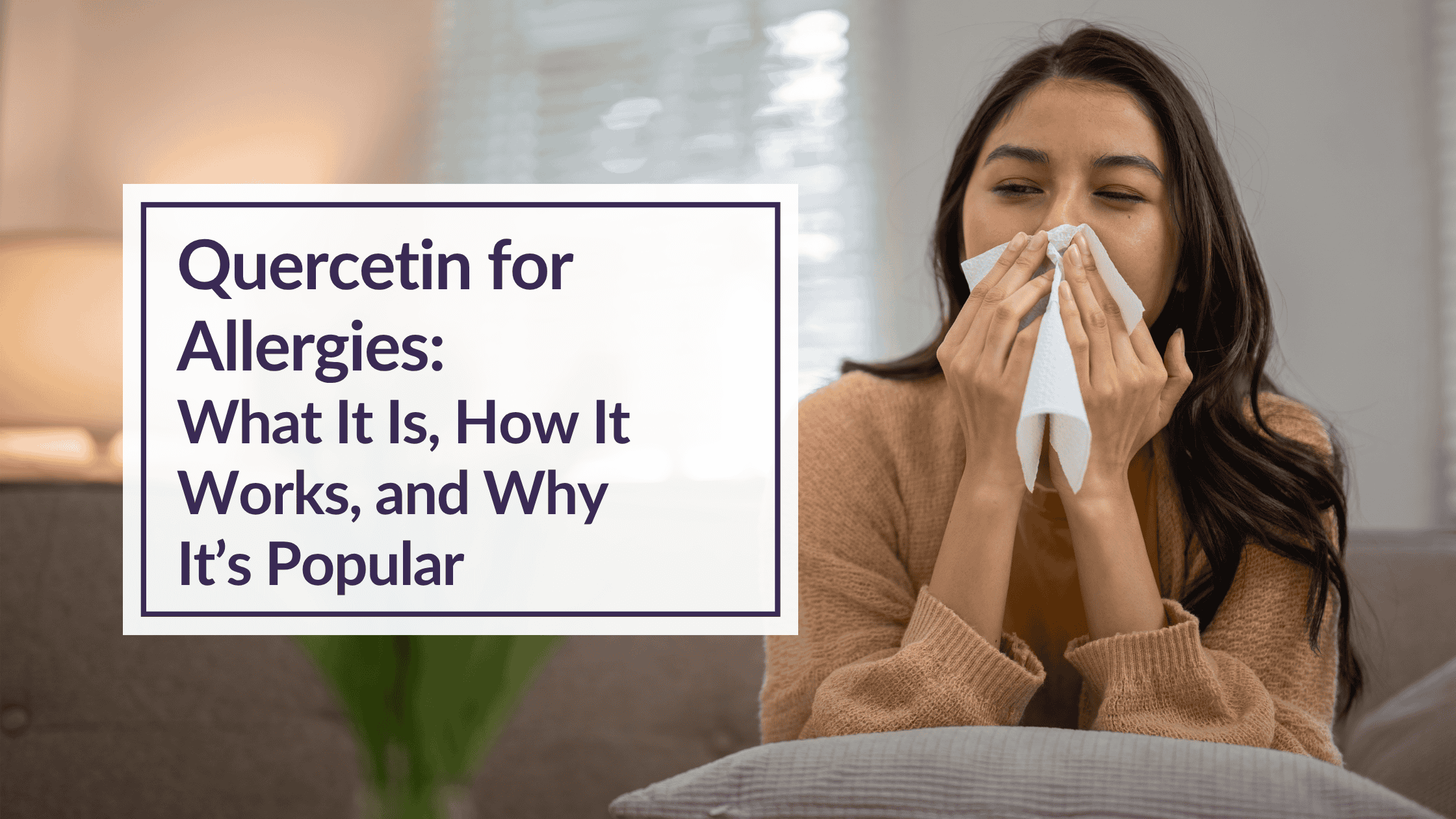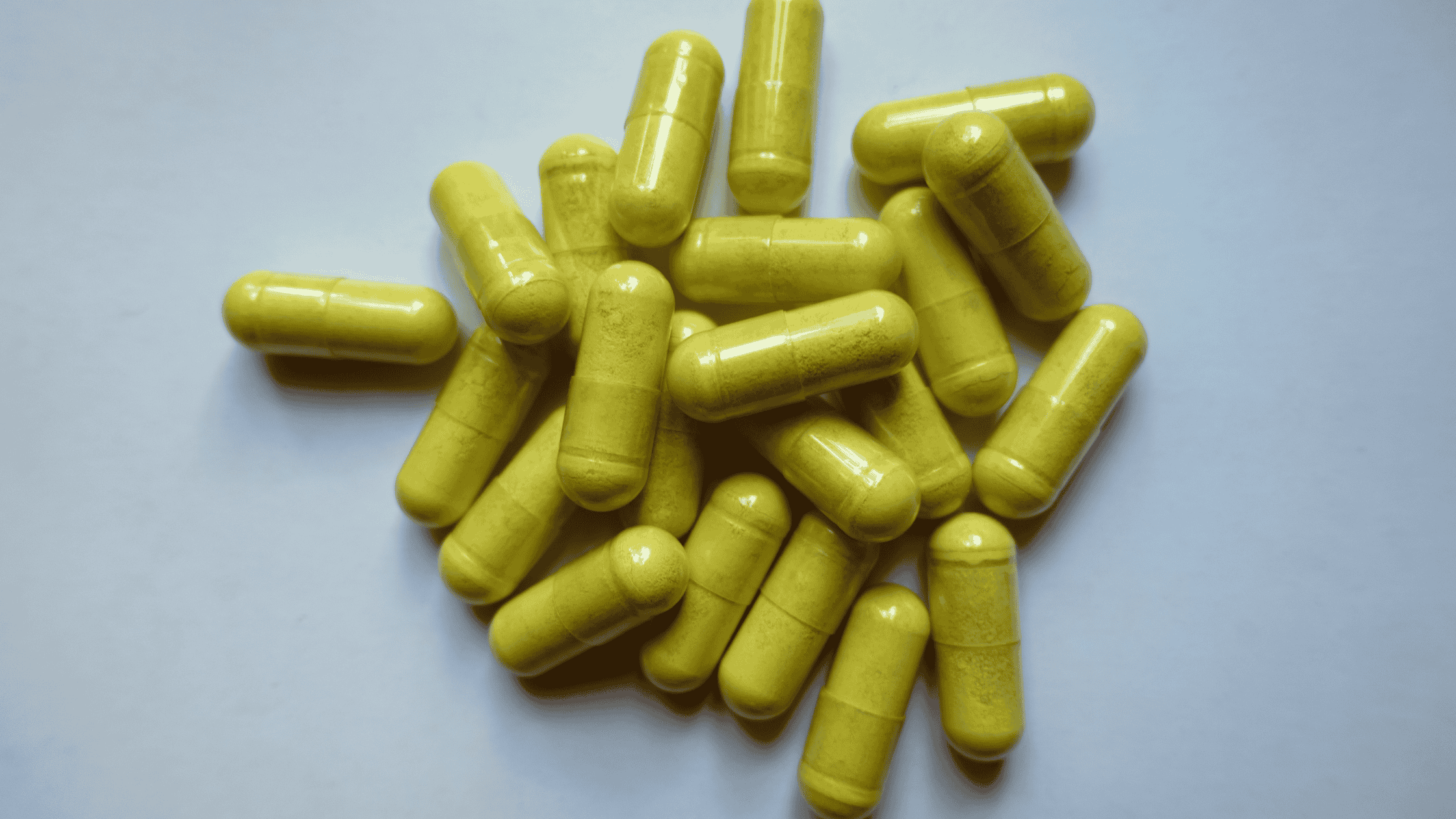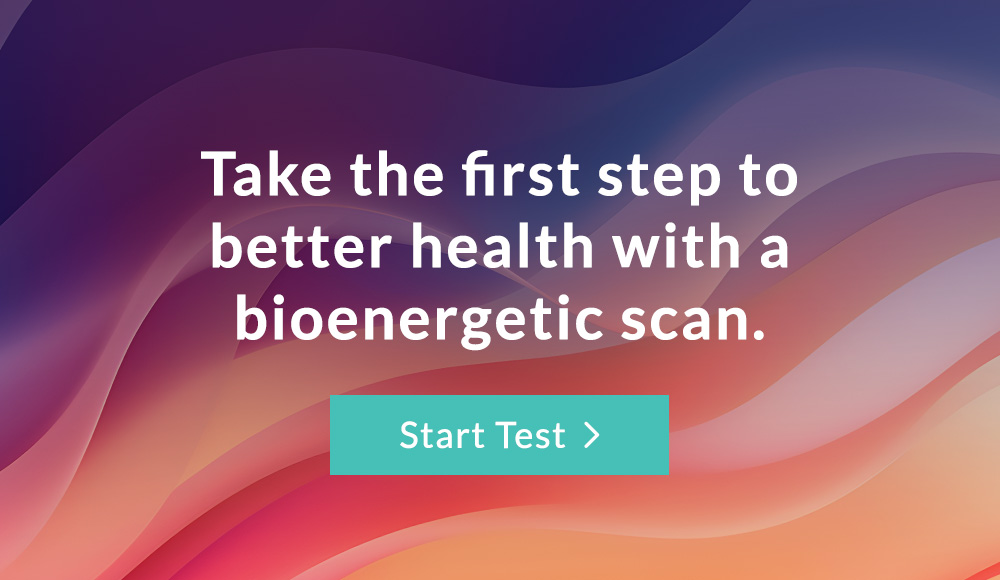
Are You Using Quercetin for Allergies?
Nature has a way of building in what we need. Plants produce flavonoids like quercetin to protect themselves from environmental stress, and that same protection can benefit us, too. With the growing demand for natural remedies, many people look to quercetin for allergies, especially when they want something that supports the body.
But allergy support is just one piece of the puzzle. In this blog, we’ll explore the many benefits of quercetin, from immune and inflammation support to its role in cardiovascular health. You’ll also discover the top sources of quercetin, including some common foods that might already be in your kitchen.
What is Quercetin?
If you’ve ever bitten into a tart apple, chopped a red onion, or sipped on green tea, you’ve crossed paths with quercetin. This plant-based compound belongs to a powerful group of phytonutrients called flavonoids—the same group that gives plants their rich colors and robust defense systems.
Flavonoids are like nature’s built-in bodyguards. Plants produce them to deal with stress: too much sun, harsh weather, bugs, pollution—you name it. And when we eat those plants, we get a version of that same protection. Flavonoids act as antioxidants, meaning they help us neutralize oxidative stress—the kind that can mess with your cells, age you faster, and stir up inflammation when it sticks around too long. So when you hear that you should eat more plants because they are healthy…this is why!
There are thousands of flavonoids out there, 6000 to be specific, but quercetin stands out for its strong impact on the Immune System, especially when it reacts to things it doesn’t need to. Like pollen. Pet dander. Dust. You get the idea.
How Quercetin Supports Allergies Naturally
Let’s investigate why quercetin for allergies has become a popular natural go-to.
When your Immune System misidentifies harmless particles (like pollen or mold) as threats, it creates an inflammatory cascade. Histamine is released, tissues swell, sinuses clog, and allergy symptoms take over. Conventional medications block some of this process, but quercetin helps moderate it at the source.
Mast Cells, Histamine, and the Quercetin Connection
At the center of this reaction are mast cells—immune cells found all over the body, especially in the skin, lungs, and digestive tract. When they detect a trigger, they release histamine, the chemical behind sneezing fits, watery eyes, itching, and swelling.
Quercetin helps by potentially keeping these mast cells calm and less likely to go into overdrive. In other words, it doesn’t just mop up histamine after it’s released—it helps reduce how much gets released in the first place. That’s why it’s often called a natural antihistamine.
This mast-cell-calming effect makes quercetin potentially useful for:
- Seasonal allergies (pollen, grasses)
- Environmental allergies (dust, mold, pet dander)
- Histamine intolerance (reactions to high-histamine foods)
- Skin-related issues like hives or redness
Mast cells love to hang out near the skin and mucous membranes, exactly where allergic symptoms tend to appear. When taken consistently, many people notice:
- Easier breathing during allergy season
- Less nasal congestion and sinus pressure
- Fewer skin flare-ups, including hives, itching, or redness
- Calmer eyes and throat, even in high-pollen environments
Studies back this up, too. One 2016 review published in Molecules noted that quercetin showed strong promise in reducing airway inflammation and easing histamine-driven reactions in both respiratory and skin tissues. In clinical settings, it’s often used for people with MCAS (mast cell activation syndrome) and histamine intolerance, especially those sensitive to medications.
Other Benefits of Quercetin
While it’s often discussed in the allergy aisle, the benefits of quercetin go far beyond sneezes and sinus issues.
Antioxidant and Anti-Inflammatory Support
Quercetin is one of nature’s most studied antioxidants. It helps neutralize free radicals—unstable molecules generated by stress, pollution, and diet—that can trigger chronic inflammation and tissue damage.
That means it may support:
- Joint health
- Brain health
- Skin aging
- Gut lining integrity
- Cardiovascular function
Cardiovascular and Cellular Health
Quercetin has also been studied for its potential to:
- Support healthy blood pressure
- Improve circulation by enhancing blood vessel function
- Reduce LDL oxidation, a process linked to plaque buildup in arteries
That’s a lot of support for one plant-based compound, which is why many functional health practitioners recommend it beyond allergy season.
How Quercetin Compares to Allergy Meds
If you’ve ever reached for an over-the-counter antihistamine, you’re familiar with the fast, short-term relief they promise. But how does quercetin compare?
Over-the-counter antihistamines block histamine receptors after histamine is already released. Particularly the H1 receptor, so that histamine can’t “dock” and trigger symptoms like sneezing, itching, or swelling.
These meds don’t stop histamine from being released; they just prevent it from binding in your tissues. That’s why the effects can wear off quickly and often need to be taken daily (or multiple times per day).
Quercetin takes a more upstream approach. Instead of blocking histamine after it’s released, it helps prevent it from being released in the first place. For many, it’s a gentler, more proactive approach that supports balance. This is a big reason many people choose quercetin for allergies long-term.
Does Quercetin Work as Fast?
Quercetin is not a “pop-a-pill-and-feel-it-in-20-minutes” kind of remedy. While some people feel a difference within a few days (especially when paired with vitamin C), most need to take it consistently for several weeks to notice a real shift.
Think of it like building a foundation instead of patching a leak. Over time, mast cells become more stable, histamine reactions become less dramatic, and tissue inflammation can calm down.
Why It’s Often Paired with Vitamin C
If you’ve browsed any allergy supplements, you’ve probably seen quercetin and vitamin C listed together.
These two have been shown to work better as a team:
- Vitamin C enhances quercetin absorption
- Both act as mast cell stabilizers
- They share strong antioxidant and anti-inflammatory effects
Top Sources of Quercetin
While supplements get most of the attention, some of the best sources of quercetin are whole foods. Many fruits, vegetables, and herbs contain quercetin, especially those with deep colors and bold flavors.
Here are some top picks:
- Red onions – One of the richest sources. The outer layers contain the most quercetin, so don’t peel too deeply.
- Apples (with the peel) – Especially red or yellow varieties. The skin holds most of the flavonoids.
- Kale and broccoli – Cruciferous veggies bring antioxidants and quercetin together in one bite.
- Capers – Surprisingly high in quercetin by weight. A little goes a long way.
- Cherries and blueberries – Great raw, fresh sources with added antioxidant benefits.
Your spice rack and teacup might also offer a flavonoid bonus:
- Dill and cilantro – Fresh herbs don’t just add flavor—they also bring a quercetin punch.
- Green tea – A common beverage with a mix of antioxidants, including quercetin and related compounds.
Adding these to your diet regularly is an easy, food-first way to access the benefits of quercetin without a supplement.
Supplemental Forms of Quercetin
You may want a more concentrated option for targeted support, especially when using quercetin for allergies.
- Capsules and tablets – Easy for daily use, and often paired with vitamin C or bromelain for added absorption.
- Tinctures – Liquid or homeopathic forms can offer gentle, low-dose support for sensitive systems.
- Liposomal quercetin – This form uses fat-based technology to enhance absorption, making it one of the most bioavailable options.
Quercetin may be a little tricky for the body to absorb on its own, but you can improve its bioavailability with a few simple hacks:
- Take it with fat – Quercetin is fat-soluble, so consuming it with a meal that includes healthy fats (like avocado, olive oil, or nuts) may help your body absorb it better.
- Pair it with vitamin C – This combo improves absorption and amplifies the effects of both nutrients on mast cells and histamine.
Is Quercetin for Allergies Right for You?
Quercetin may offer a gentle, natural way to support the body’s response to allergens, especially when used consistently and paired with nutrient allies like vitamin C. From calming histamine reactions to supporting immune balance, it’s easy to see why this plant compound has earned such a strong reputation in natural wellness.
If allergy symptoms or histamine issues keep resurfacing, it’s worth exploring what’s underneath the reaction. Sometimes it’s not just about pollen or pet dander—it could be deeper stress in the immune system, gut, or even detox pathways. That’s why we always suggest testing and not guessing. Our scans can help uncover those patterns. And yes, quercetin may even appear as a balancing remedy on your report. But whether it appears or not, our goal is always to help peel back the layers and offer clarity on what your body needs most to feel balanced again.
DISCLAIMER: Balanced Health, LLC/CBH Energetics and any parent, subsidiary, affiliated or related entities and companies do not provide medical advice or services. The bioenergetic products and services offered by Balanced Health, LLC/CBH Energetics including, but not limited to, bioenergetic tests, bioenergetic scans, bioenergetic reports and related products and services (collectively the “Bioenergetic Products and Services”) are designed for educational and informational purposes only and are not intended to diagnose, treat, cure, or prevent any disease, condition, complaint, illness or medical condition and are not a substitute for professional services or medical advice.




